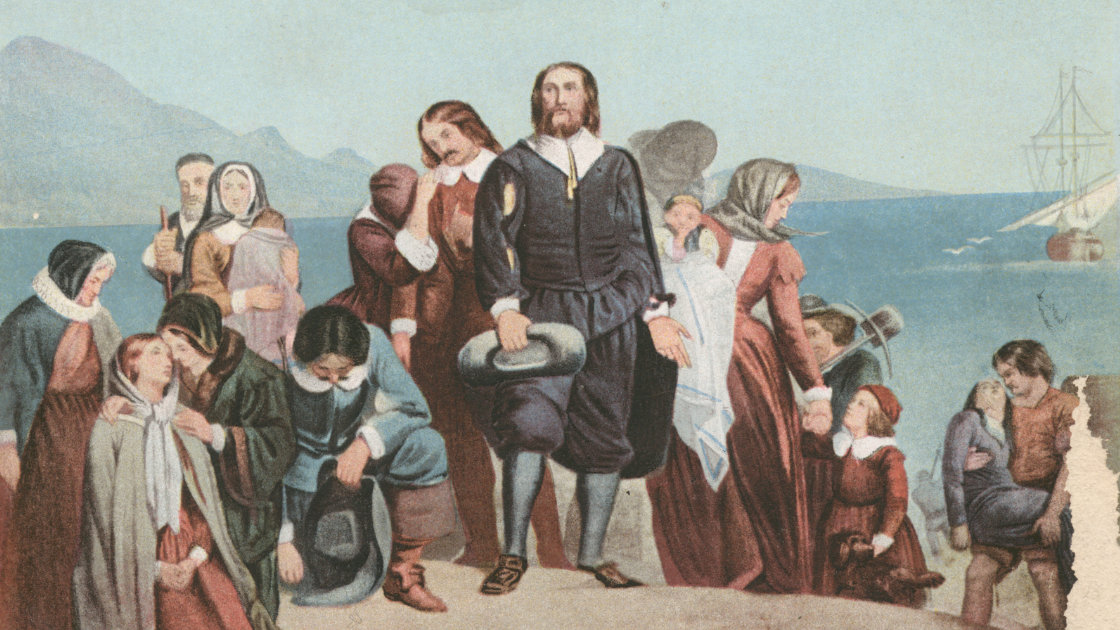November is About Transitions
Hello Folks, Aunt Eunice here. November has not only arrived, but is half over already. This month, more than all the rest of them makes me feel like I am running to catch up! Helping to get Quiet Valley ready for our Old Time Christmas while simultaneously planning multiple family events at home can be tad overwhelming. My family has quite a few birthdays this month including mine. Throw Thanksgiving into the mix with six birthday parties and you have a very full month. I feel like this is a month of transition as we move from fall into winter, as the leaves finish falling off the trees, the last of the lawn mowing takes place. Daylight Savings time is over so of course it gets dark earlier. The colder temperatures at night might have us inching up the thermostat. By the time I get home at night it is quite dark and instead of going for a walk I now curl up with a book. It won’t be long until the seed catalogs start arriving!
Veteran’s Day, How & When Established
Let’s not forget Veteran’s Day is in November, an important day of recognition of our military service members and all they have given to our country. According to the Department of Veteran’s Affairs – World War I, known at the time as The Great War, officially ended when the Treaty of Versailles was signed on June 28, 1919, in the Palace of Versailles outside the town of Versailles, France. However, fighting ceased seven months earlier when an armistice, or temporary cessation of hostilities, between the Allied nations and Germany went into effect on the eleventh hour of the eleventh day of the eleventh month. For that reason, November 11, 1918, is generally regarded as the end of “the war to end all wars.”
In November 1919, President Wilson proclaimed November 11 as the first commemoration of Armistice Day. The original concept for the celebration was for a day observed with parades and public meetings and a brief suspension of business beginning at 11:00 a.m. An Act (52 Stat. 351; 5 U. S. Code, Sec. 87a) approved May 13, 1938, made the 11th of November in each year a legal holiday – a day to be dedicated to the cause of world peace and to be thereafter celebrated and known as “Armistice Day.” This day was primarily a day set aside to honor veterans of World War I. However, in 1954, after World War II had required the greatest mobilization of soldiers, sailors, Marines and airmen in the Nation’s history; after American forces had fought aggression in Korea, the 83rd Congress, at the urging of the veterans service organizations, amended the Act of 1938 by striking out the word “Armistice” and inserting in its place the word “Veterans.” With the approval of this legislation (Public Law 380) on June 1, 1954, November 11th became a day to honor American veterans of all wars.
Thanksgiving – A Brief History
Thanksgiving will soon be coming up and the traditional foods as well as some that are simply our family favorites will be enjoyed at Aunt Eunice’s house. It will be smaller than usual as we are heeding the guideline of social distancing. It is the smart thing to do. The original colonists on the Mayflower would have understood. According to History.com, in September 1620, a small ship called the Mayflower left Plymouth, England, carrying 102 passengers – an assortment of religious separatists seeking a new home where they could freely practice their faith and other individuals lured by the promise of prosperity and land ownership in the New World. After a treacherous and uncomfortable crossing that lasted 66 days, they dropped anchor near the tip of Cape Cod, far north of their intended destination at the mouth of the Hudson River. One month later, the Mayflower crossed Massachusetts Bay, where the Pilgrims, as they are now commonly known, began the work of establishing a village at Plymouth. Throughout that first brutal winter, most of the colonists remained on board the ship, where they suffered from exposure, scurvy and outbreaks of contagious disease. Only half of the Mayflower’s original passengers and crew lived to see their first New England spring. In March, the remaining settlers moved ashore and were taught and helped by the Native Americans. Our meal is bound to be different than the original harvest meal shared in Plymouth. Though no record tells us the exact menu, the meal most likely consisted of items such as deer, corn, shellfish, and roasted meat.
Whatever dishes may be on our Thanksgiving sideboard we will be grateful and we will be praying for our family, friends and neighbors. That’s all for now. Please take care and talk to you soon. Aunt Eunice
